Instructional Series
Welcome to the English medium literacy instructional series teaching and learning resources for years 1 to 8.

- Gold
- Purple
- Orange
- 2
- 3
- 4
- 1
- 4
- 6
- 8
- 5
- 3
- 7
- English
- Social Sciences
- Science
- Health and Physical Education
- Technology
- The Arts
- Learning Languages
- Non-fiction
- Fiction
- None
- Nature of science
- Living world
- Nature of technology
- Technological knowledge
- Critique evidence
- Engage with science
- Articles
- Stories
- Poems
- Kākano | Seed
- Māhuri | Sapling
- Rākau | Tree
- Tupu | Seedling
- Consonant digraphs
- Short vowels
- Single consonants
Search results
82 items - Showing 41 - 50
-
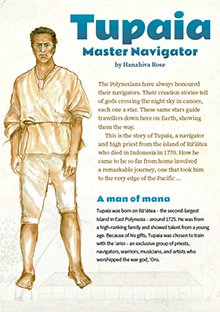
Tupaia: Master Navigator
by Hanahiva Rose
The story of Tupaia, a navigator and high priest from the island of Rā‘iātea.
-
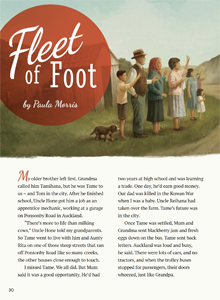
Fleet of Foot
by Paula Morris; illustrations by Andrew Burdan
The movement of Māori to the cities in the 1950s and 1960s was one of the most significant movements of people in our recent history. Paula Morris has used stories from her whānau as a basis for “Fleet of Foot”, a work of fiction that sits alongside “Kei Te Tāone Nui”, an article in the same journal that also explores the topic of Māori urbanisation. The text has links to the Aotearoa New Zealand’s histories curriculum.
-
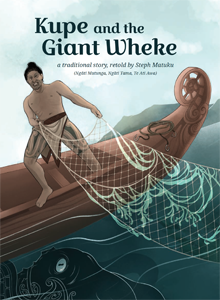
Kupe and the Giant Wheke
A traditional story, retold by Steph Matuku, illustrations by Isobel Te Aho-White
This traditional tale features in the oral traditions of many iwi. It tells of how Kupe discovered Aotearoa while pursuing a giant wheke (octopus) across the Pacific. As he chased the creature around Aotearoa, Kupe explored the new land and named many places.
-
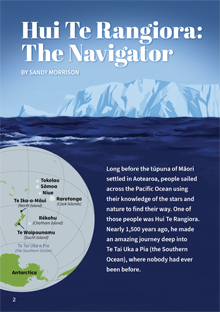
Hui Te Rangiora: The Navigator
by Sandy Morrison
Long before the tūpuna of Māori settled in Aotearoa, people sailed across the Pacific Ocean using their knowledge of the stars and nature to find their way. One of those people was Hui Te Rangiora. Nearly 1,500 years ago, he made an amazing journey deep into Te Tai Uka a Pia (the Southern Ocean), where nobody had ever been before.
-

-
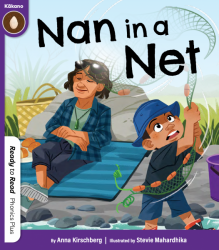
Nan in a Net
Tāne is going eeling with Nan down by the awa. Nan has to get up early so she takes a nap, but she will need to watch out for Tāne and his net!
Focus sounds: Cc Ll Bb Nn Ss Ii Uu
New high utility words: go, to, awa, me, tugs
Previously used high utility words: is, Tāne, says, no, the, a, out
-

Rise Up: The Story of the Dawn Raids and the Polynesian Panthers
by Pauline Vaeluaga Smith
The article “Rise Up: The Story of the Dawn Raids and the Polynesian Panthers” recounts the story of the dawn raids that took place in Aotearoa in the 1970s. Under instruction from the government of the day, police and immigration officials invaded the homes of Polynesian people in the early hours of the morning, demanding evidence that they were lawfully living in Aotearoa.
-
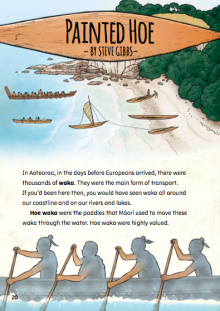
Painted Hoe
by Steve Gibbs
The first peaceful meetings between Māori and Europeans took place in 1769, when James Cook landed in the Tairāwhiti region. During those meetings, Māori traded a number of painted hoe (paddles) for cloth, seeds, potatoes, and other items. The paddles are decorated with the earliest examples of what we now call kōwhaiwhai. They ended up in museums around the world. “Painted Hoe” describes those early meetings.
-
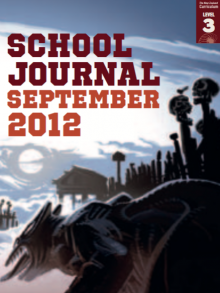
Mary Anning Fossil Hunter
by Barbara Dobson
This report tells the story of Mary Anning, who was born in 1799. Her lifelong interest in hunting for “curios” led to some important finds that caught the attention of scientists from around the world.The article recounts Mary’s early life and how the skills her father taught her helped Mary to support the family after his death. Mary’s discoveries have helped scientists to understand the evolution of life forms.


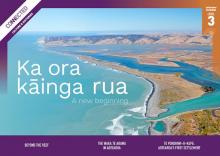
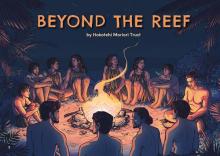
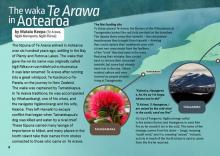
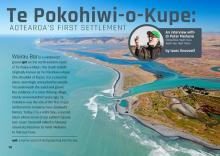



 Literacy Online home
Literacy Online home
